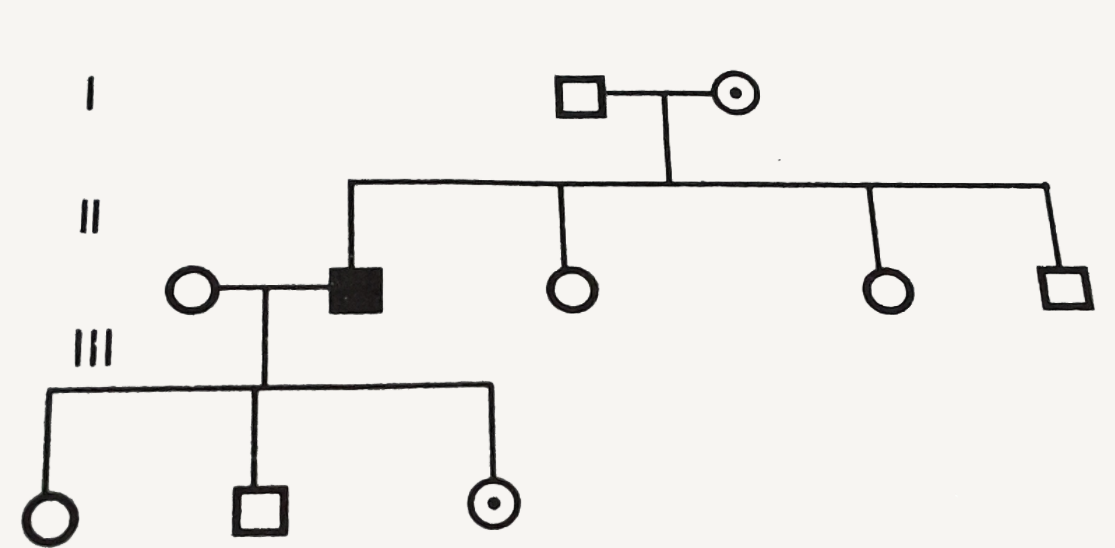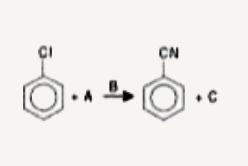Bisexuall nematode from the following is
Enterobius
Ascaris
Caenorhabditis
Ancylostoma
The correct Answer is:C
To determine the bisexual nematode from the given options, we will analyze each option based on their reproductive characteristics.
1. Understand Nematodes: Nematodes, commonly known as roundworms, are a class of worms that can be either free-living or parasitic. They are bilaterally symmetrical and have tapered ends.
2. Identify Reproductive Characteristics: Most nematodes are hermaphroditic (bisexual), meaning they possess both male and female reproductive organs within the same individual. However, some nematodes are unisexual, where male and female reproductive organs are found in separate individuals.
3. Analyze the Options:
- Enterobius: This nematode is known to be unisexual, meaning it has separate male and female individuals.
- Ascaris: This is also a unisexual nematode, with distinct male and female organisms.
- Cenoabditis: This species is hermaphroditic, meaning it has both male and female reproductive organs in the same individual, making it bisexual.
- Ancylostoma: Similar to Enterobius and Ascaris, Ancylostoma is unisexual.
4. Conclusion: Among the provided options, the only bisexual nematode is Cenoabditis.
Final Answer:
The bisexual nematode from the following options is Cenoabditis.
---
- Enterobius: This nematode is known to be unisexual, meaning it has separate male and female individuals.
- Ascaris: This is also a unisexual nematode, with distinct male and female organisms.
- Cenoabditis: This species is hermaphroditic, meaning it has both male and female reproductive organs in the same individual, making it bisexual.
- Ancylostoma: Similar to Enterobius and Ascaris, Ancylostoma is unisexual.
The bisexual nematode from the following options is Cenoabditis.
Topper's Solved these Questions
- HUMAN HEALTH DISEASEBOOK - AAKASH SERIESCHAPTER - HUMAN HEALTH DISEASEEXERCISE - EXERCISE - II (INNATE IMMUNITY)
15 Videos
- HUMAN HEALTH DISEASEBOOK - AAKASH SERIESCHAPTER - HUMAN HEALTH DISEASEEXERCISE - EXERCISE - II (ACQUIRED IMMUNITY)
21 Videos
- HUMAN HEALTH DISEASEBOOK - AAKASH SERIESCHAPTER - HUMAN HEALTH DISEASEEXERCISE - EXERCISE - I(DRUG ADDICTION)
20 Videos
- HISTOLOGY AND ANATOMY OF FLOWERING PLANTSBOOK - AAKASH SERIESCHAPTER - HISTOLOGY AND ANATOMY OF FLOWERING PLANTSEXERCISE - EXERCISE - III (PREVIOUS AIPMT/NEET QUESTIONS)
24 Videos
- MICROBES IN HUMAN WELFARE BOOK - AAKASH SERIESCHAPTER - MICROBES IN HUMAN WELFARE EXERCISE - EXERCISE-III (Previous AIPMT/NEET Questions)
25 Videos
Similar Questions
Knowledge Check
Identify the weak electrolyte from the following :
ASodium chloride solutionBDilute hydrochloric acidCDilute sulphuric acidDAqueous acetic acidIdentify the weak electrolyte from the following :
ASodium chloride solutionBDilute hydrochloric acidCDilute sulphuric acidDAqueous acetic acid
Select the odd from the following
View SolutionPardict from the following chart

View SolutionPredict from the following chart

View SolutionSelect the mismatch from the following
View SolutionThe correct statement from the following is
View SolutionWhich one is malachite from the following
View Solution

